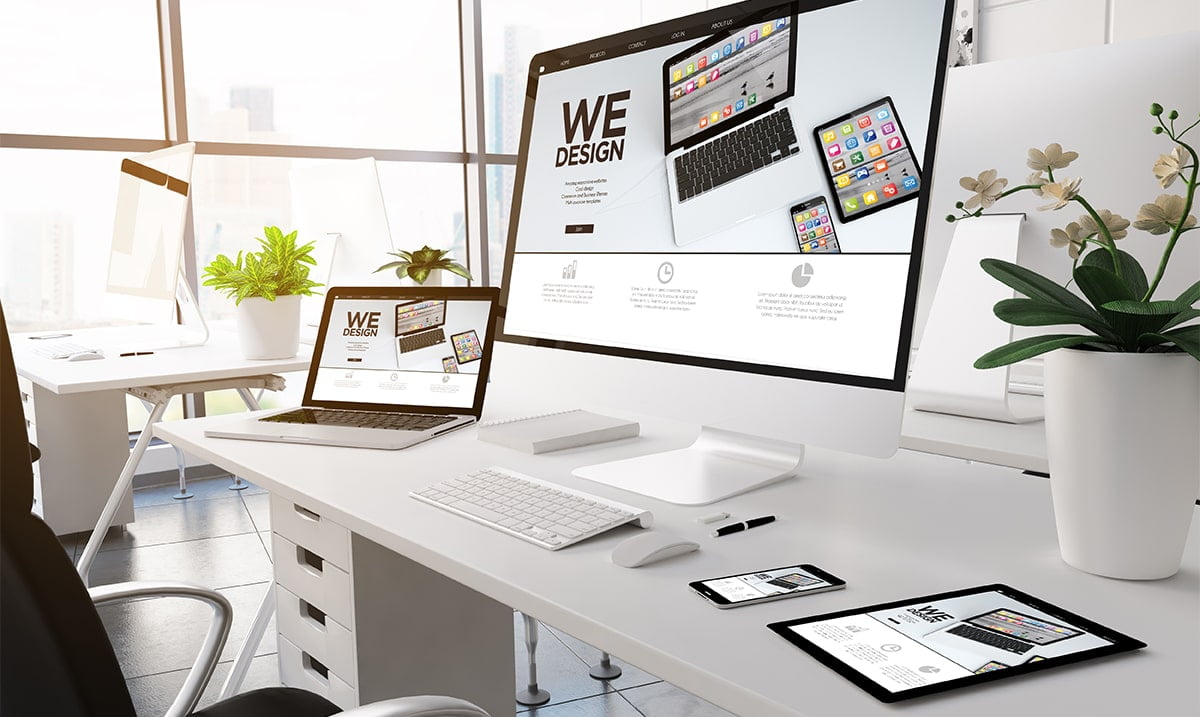The Importance of User-Centered Design in Web Development
User-Centered Design (UCD): A Crucial Element for Successful Websites.
In the ever-evolving landscape of web development, placing users at the heart of design decisions is paramount. This article will delve into why User-Centered Design (UCD) is not just beneficial but essential for creating websites that truly resonate with audiences.
In this article, you will learn:
- How UCD boosts user satisfaction and engagement.
- Key steps in the User-Centered Design process.
- Practical strategies for applying UCD in web development.
Read on to discover how integrating User-Centered Design can transform your web development approach.
Understanding User-Centered Design
The Foundation of User-Centered Design.
UCD is a framework in web development that revolves around the needs and limitations of end-users. It’s a process that puts the user’s experience at the forefront, guiding every design and technical decision.
UCD: Beyond Just Aesthetic.
This approach isn’t solely about visual appeal; it’s about creating a seamless, intuitive user experience. By prioritizing users, web designs become more than just visually pleasing—they become functional, accessible, and efficient.
The User-Centered Design Process
Navigating the User-Centered Design Journey
The UCD process is a multi-stage journey that involves deep understanding and continuous adaptation. It’s not linear but iterative, constantly evolving based on user feedback and behavior.
1. Research and User Understanding:<
- Starts with in-depth user research.
- Understanding user needs, behaviors, and motivations.
2. Aligning User Goals with Business Objectives:
- Balancing what users need with what the business seeks to achieve.
- Ensuring design decisions support both ends.
3. Developing Design Solutions:
- Translating research into design.
- Crafting interfaces that cater to user preferences.
4. Testing and Feedback:
- Continuously testing designs with real users.
- Gathering feedback to refine the user experience.
5. Iteration:
- Using feedback to iteratively refine and improve the design.
- Ensuring the design stays relevant and user-friendly.
Practical Tips for User-Centered Website Design
Leveraging Data and Analytics in Design
Data-driven design is key in UCD. Utilizing analytics helps in understanding how users interact with a site, guiding design adjustments for a better user experience.
Designing for Specific Demographics:
- Tailoring the design to cater to the target audience.
- Creating personalized experiences based on user demographics.
Effective Use of CTAs and User Feedback:
- Strategically placing calls-to-action (CTAs) to guide user behavior.
- Using user feedback to refine CTAs and other interactive elements.
Prioritizing Mobile-Friendly Design:
- Ensuring the website is responsive and accessible on various devices.
- Recognizing the growing predominance of mobile web browsing.
FAQs:
What is User-Centered Design in Web Development?
User-Centered Design (UCD) in web development is a methodological approach that prioritizes the needs, preferences, and limitations of end-users. It’s a philosophy that centers around creating web experiences that are not only aesthetically pleasing but also functional, accessible, and efficient, enhancing overall user experience (UX).
How Does User-Centered Design Benefit a Website?
UCD significantly benefits a website by improving user engagement and satisfaction. By focusing on the user, websites become more intuitive, leading to better usability, increased user retention, and potentially higher conversion rates. It aligns closely with principles of customer-centric and interactive design, making websites more appealing and effective.
What are the Key Steps in the User-Centered Design Process?
The key steps in the UCD process include user research, aligning user goals with business objectives, developing design solutions based on research, and iterative testing and feedback. This process ensures that the website remains aligned with user needs and behaviors, incorporating usability testing and responsive design principles for optimal performance.
How Can Data Analytics Improve User-Centered Design?
Data analytics play a crucial role in UCD by providing insights into user behavior and preferences. Through behavioral analytics, web designers can make informed decisions that cater to the specific needs of their target audience, leading to a more tailored and effective web experience.
What Role Do CTAs Play in User-Centered Design?
Calls-to-Action (CTAs) are vital in guiding user behavior and facilitating user engagement. In a user-centered design, CTAs are strategically placed and designed based on user feedback and data analytics. This ensures they are effective in converting users and enhancing the overall user journey on the website.
Embracing User-Centered Design for Web Success
Reflecting on User-Centered Design’s Impact.
User-Centered Design (UCD) is more than just a design approach; it’s a strategic tool that enhances user engagement, satisfaction, and overall website effectiveness. By understanding and implementing UCD’s principles, you’ve learned to align user needs with business goals, use data-driven insights, and create responsive, accessible web designs.
Recap of Key UCD Insights:
- UCD’s focus on user satisfaction significantly boosts engagement.
- The UCD process aligns business objectives with user needs for optimal results.
- Practical UCD strategies, like data analytics and responsive design, enhance user experience.
Continuing Your UCD Journey.
As you move forward, consider exploring advanced topics in user experience, such as the impact of AI in UX design or the integration of cutting-edge web accessibility technologies. Each step in expanding your knowledge not only enhances your design capabilities but also ensures your website stays ahead in the ever-evolving digital landscape.
Website Design Direction
Contact Us to evaluate and discuss your User-Centered website design project.
